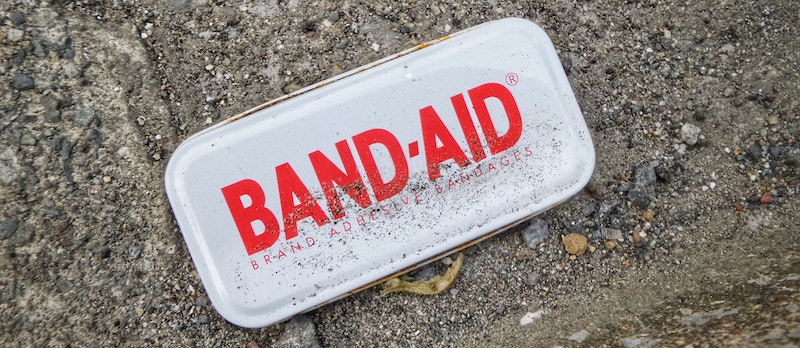
Rite Aid's Downfall: The Indicators That Preceded the Collapse
August 25, 2:33 pm
Rite Aid ($RAD), once a household name in the pharmacy space, saw its stock price crumble by a staggering 50% on Friday, as reports circulate that the company is on the brink of declaring Chapter 11 bankruptcy. However, this decline, as abrupt as it appears, didn’t emerge from a void. Using AI-driven insights, our team at AltIndex had already identified and flagged significant underlying issues with the company months in advance.
In March, AltIndex assigned a sell signal for Rite Aid's stock. One of the primary red flags was the waning confidence within the company. Historical data and market trends have consistently shown that a company's internal outlook is a reliable precursor of its stock performance. If the employees harbor optimism about the firm's trajectory, it often translates into solid results, and vice versa.
Here's where the subtleties of data analytics come into play:
Business Outlook: An observable decrease in the company's overall business sentiment was evident over the preceding months. A positive environment can often lead to increased productivity, innovation, and customer satisfaction. Conversely, when optimism dwindles, performance tends to follow suit.
Web Traffic Decline: A notable reduction in Rite Aid's web traffic indicated waning customer interest. In today’s digital age, website footprints are strong indicators of a company’s health. A drop in site visits can spell decreased sales, fewer new customers, and potentially diminishing brand loyalty.
Social Media Presence: Social platforms are the modern marketplaces for brand-customer interactions. A falling follower count on major platforms like Twitter and Facebook for Rite Aid was another canary in the coal mine. This decline further underscored the idea that customers were diverting their attention, and perhaps their wallets, elsewhere.
The Wall Street Journal’s recent report underscores the gravity of Rite Aid’s challenges. Beyond their staggering $3.3 billion debt, Rite Aid is grappling with a barrage of federal and state-level lawsuits. Many of these allege the company's role in the opioid crisis due to their purported oversupply of prescription painkillers. A civil lawsuit from the Department of Justice, citing violations of both the False Claims Act and Controlled Substances Act, adds to the weight of these allegations. Declaring bankruptcy would not only provide a temporary reprieve from these legal actions but also offer a platform to consolidate and address them.
Moreover, Rite Aid's financial health is in sharp decline. The company reported a 6% drop in revenue in the last quarter, juxtaposed against the same period last year. Its net loss surged to $307 million, nearly tripling that of the previous year, as per a securities filing evaluated by the Journal.
In the intricate tapestry of the stock market, understanding and identifying patterns is crucial. While Rite Aid's future remains uncertain, one thing is clear: by closely tracking diverse indicators like business outlook, web traffic, and social media presence, investors can gain deeper insights and spot opportunities and threats in this ever-evolving market.
Get More Insights
Sign up and get access to a personalized dashboard, deeper insights, AI stock picks, stock alerts, weekly newsletter and much more.
